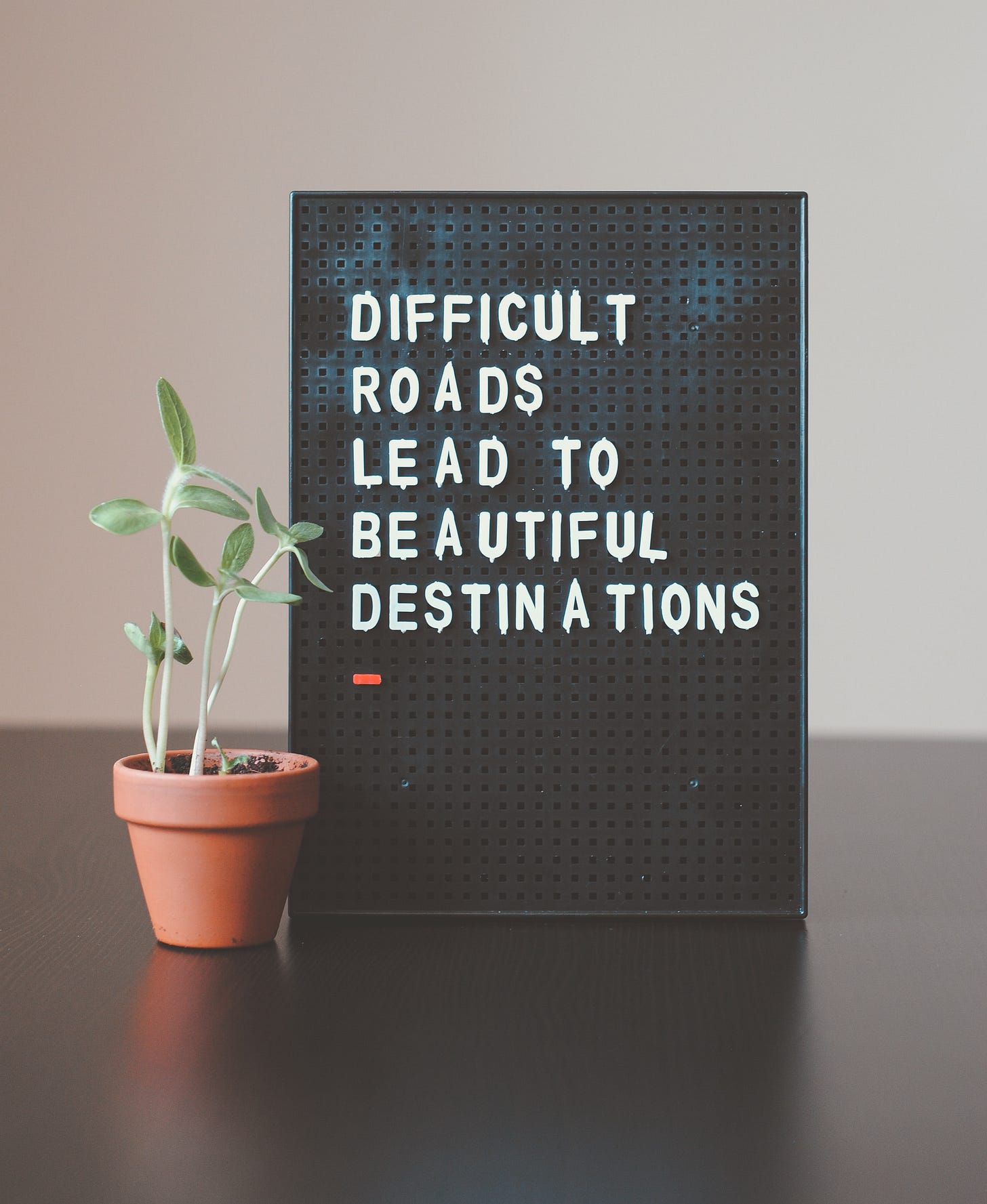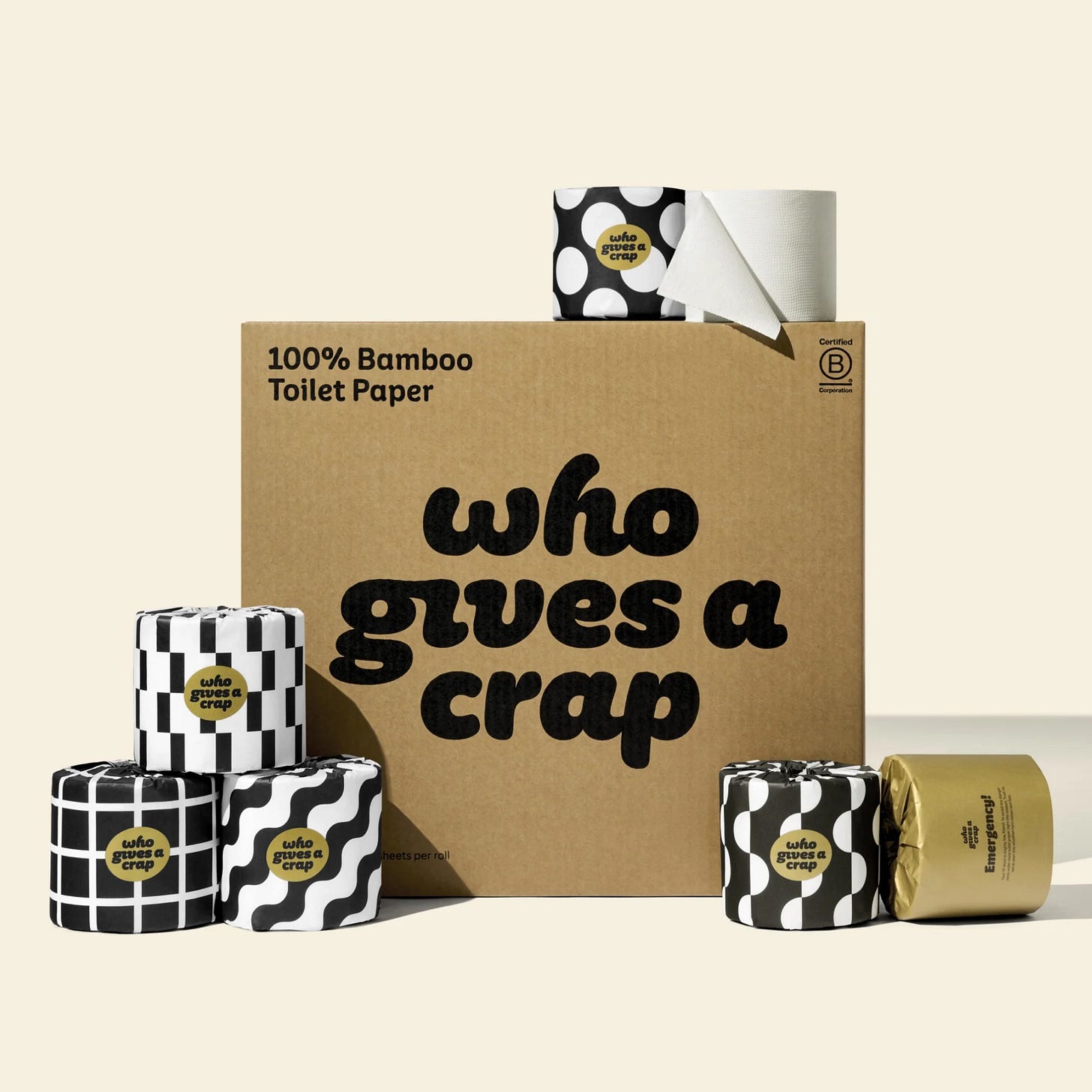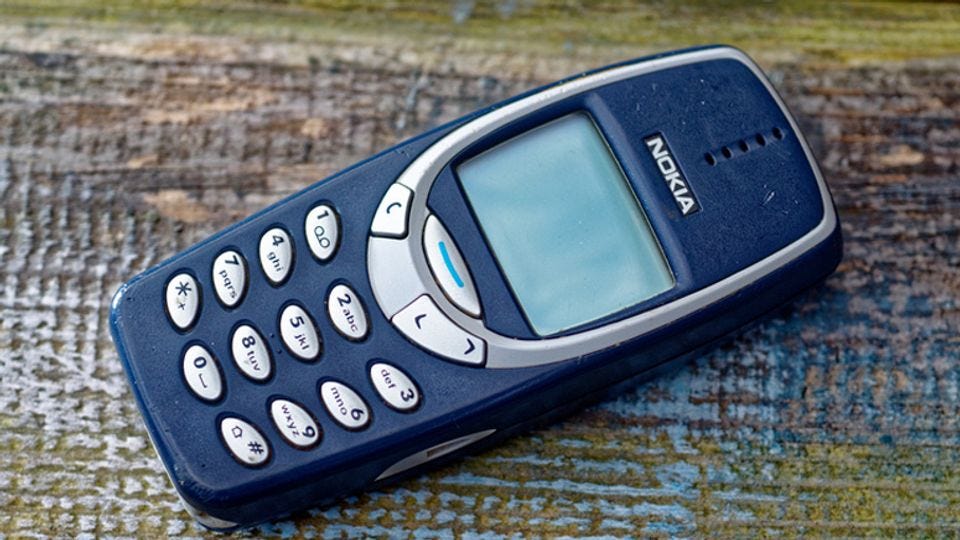Green discovery
Something green enough to generate hope rather than carbon
Growth - an economic term which must die before we do
A recent comment by the chief executive of Mercedes-Benz, Ola Kaellenius, captures why carbon emissions continue to rise, despite all the noise about binning fossil fuels in favour of renewable energy.
While Europe is backtracking on trade with China, because supply line fragility was tested to breaking point, a heady combination of relying on too few suppliers, plus a pandemic and Russian invasion, Herr Kaellenius was honest enough to say it was unthinkable for almost all of German industry, to decouple from China, it makes no sense.
It certainly makes no sense, when nearly 40% of your market is in China and you’re being paid to sell more cars.
Richard Heinberg’s article, published by Resilience.org, explains clearly that the issue with decarbonisation and the fact that the world is currently going the wrong way is because of a lack of sacrifice.
Sacrifice will ultimately come in different forms, one way has to be looking for an alternative measure of success to growth.
It’s the same conclusion that Heinberg comes to. Governments want to avoid taking decisions which result in economic hardship, so they duck the issue and continue to endorse business as usual.
Seth Godin, a smart US entrepreneur, author and thinker I follow, in a daily note this week concludes, all the no-compromise solutions have failed. The question is: Which changes are we going to make first?
We can’t have it both ways. Fossil fuel extraction has to be tapered then stopped. Because we need fossil fuels in order to transition to renewables, carbon-intensive oil supplies will need to be rationed and preferentially directed towards energy transition projects.
The assumption that the economy must always continue to grow is wrong as is the assumption that we must have the freedom and opportunity to consume more.
We have to learn to live better lives with less. Couldn’t that be just as rewarding, maybe more so? Let’s share a premium priced Mercedes Benz electric bicycle instead and invest in better public transport.
Who gives a crap toilet paper and the role of bamboo
I’m gradually changing my choices to become more climate friendly. I know, I’m lucky to have the time to ponder and the money to spend on typically more expensive earth friendlier stuff.
I’ve managed to find UK manufacturers for most clothes and shoes, not that I buy much anyway. I don’t eat meat and haven’t knowingly bought fossil fuel for several years. I’ve also started using a water bottle, to stop buying plastic ones, something my children have done unconsciously since they started school.
Last week I turned my attention to a typically bulkier household item - loo roll.
Who gives a crap was launched in 2012 in Australia when they discovered that 2.4 billion people don’t have access to a toilet (now down to 2 billion). This startling fact contributes to the 289,000 under 5 year olds who die every year because of poor water and sanitation.
The company donates 50% of their profits to the provision of toilets around the world. About £6m has been invested to date.
Their paper comes from two sources. It’s either 100% recycled paper for their standard roll or choose their super soft version, which is made from bamboo. It passed our extensive product test - we both liked it.
I’ve already written about this wondrous grass being the new green steel, a construction material that has been commonplace in Asia for years.
Like other plants and trees it removes CO2 from the atmosphere but because of its quick growth cycle, it can capture 3 times the amount of carbon of trees. Bamboo grows everywhere given a chance, even freezing cold climates or unproductive land which can’t be used for anything else.
Not only is it strong it’s incredibly flexible, twice the bending strength of wood. Combine that with its lightness and it becomes an excellent material for many construction purposes.
It is also more biodegradable than many other natural fibres which is why it is suitable as a packaging material in the food industry and why we have rolls of it in the bathroom.
There are others, Naked Sprout, we are bazoo, the cheeky panda. I was attracted to how much profit the aussies were donating, although manufacturing in China is a no no, so I’ll be reconsidering again in a while.
Be happy
An uplifting stories to round off your week
Mobile phone museum
Best selling mobile phone, courtesy of Planet Radio
I discovered a mobile museum recently, a wonderful not for profit charity with 2,600 mobile phones which you can browse through the ages.
Started in 2004 by Ben Wood, he teamed up with Matt, another collector in 2019, which is when they became better established. They now visit schools to talk about mobile technology and how it has developed since those early bricks.
The best feature of the museum are the collections, like the best selling phones. It features 13 models including the Nokia 3310 featured above. Bit boring though.
Phone from the movies courtesy of NotebookCheck
The phones in movies collection only features 9 models including a phone which I once had and loved for several years, working in an advertising agency. The Nokia 8110 had a cover which slid open to answer, extenuating the gentle curve further, making it a bit of a design legend. Can you remember the film which made it famous?
Motorola Dynatac 8000X courtesy of eBay
Who can forget Michael Douglas in 1987, Wall Street, reminding us that greed was good. The phone scene I remember, was Douglas walking on the beach at dawn, the chunky Dynatac glued to his head, announcing to Charlie Sheen that he was finally giving him a line of credit and telling him to get to work.
Samsung P110V - Courtesy of the Mobile Phone Museum
Other collections include James Bond, fashion, luxury, even the ugliest phones which happens to include the Samsung P110V above. Were other colours available?










Have you considered a Japanese bidet toilet? HTC has them in their services flats in Taiwan. Surprising at first but very hygienic.